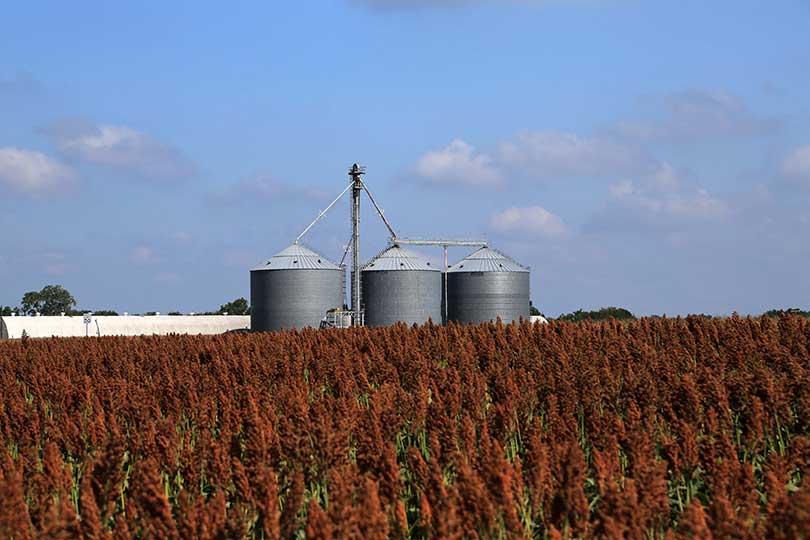Early indications suggest that Texas sorghum farmers will continue to battle sugarcane aphids this year as their numbers keep rising. The pest can prove to be a large problem in grain sorghum and forage sorghum fields.
“The sugarcane aphid was horrible the past two years and we have already found it on Johnson grass shoots in Comanche County this spring,” Bob Whitney of Whitney Consulting Group told Journal Media Group.
Texas A&M AgriLife Extension specialists also report an increase in aphids.
“Initially, we thought the aphid could not winter in our area, but last year that was not the case,” Mike Berry, Comanche County Extension agent, said.
Berry noted the sugarcane aphid is a unique insect and the population multiplies quickly. The pest also produces honeydew, a sticky sugar-like substance composed of water. The honeydew produces a black sooty mold that often grows on the leaves, which inhibits light absorption needed for photosynthesis and may reduce the effectiveness of insecticides and herbicides.
Extension specialists suggest farmers scout their fields once a week and twice a week when they locate colonies until a treatment threshold is reached.
But the emergency request to allow farmers to use Transform, a popular insecticide used to battle sugarcane aphids, was approved by the Environment Protection Agency last week.
Extension specialists also recommend alternating forage crops that are resistant to sugarcane aphid damage in problem areas.
Whitney said farmers in the De Leon area are looking at planting Pearl Millet. Farmers are also planting corn on acres they would normally plant sorghum.
Berry noted there are breeding programs underway to produce more tolerant varieties of sorghum.

